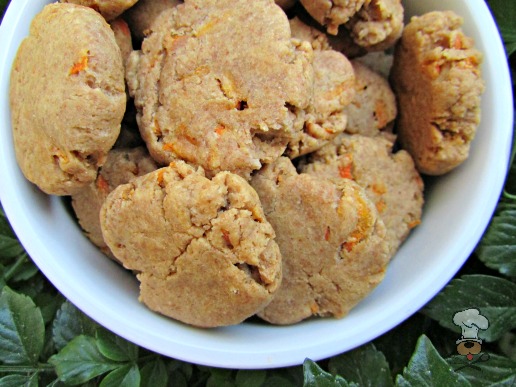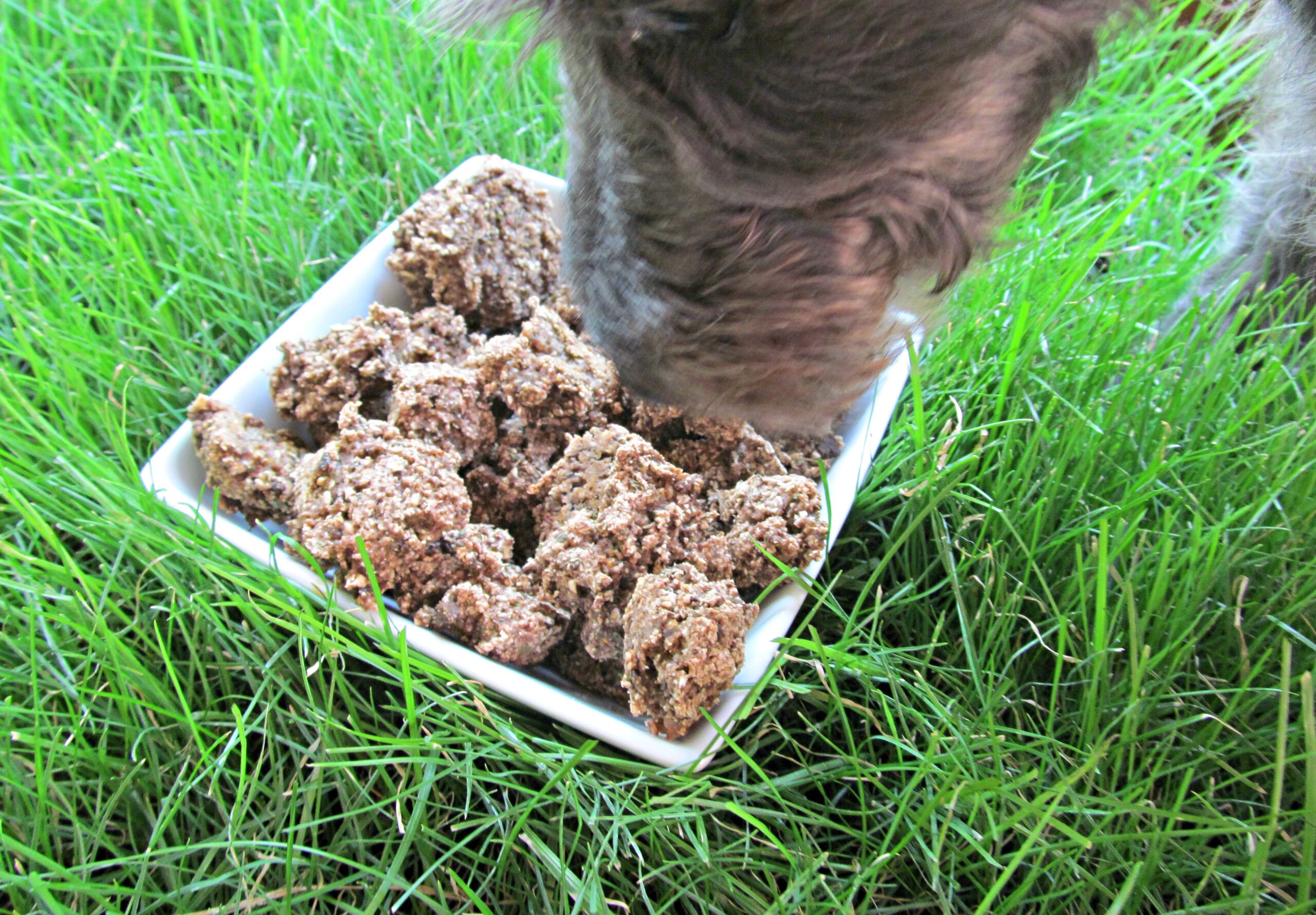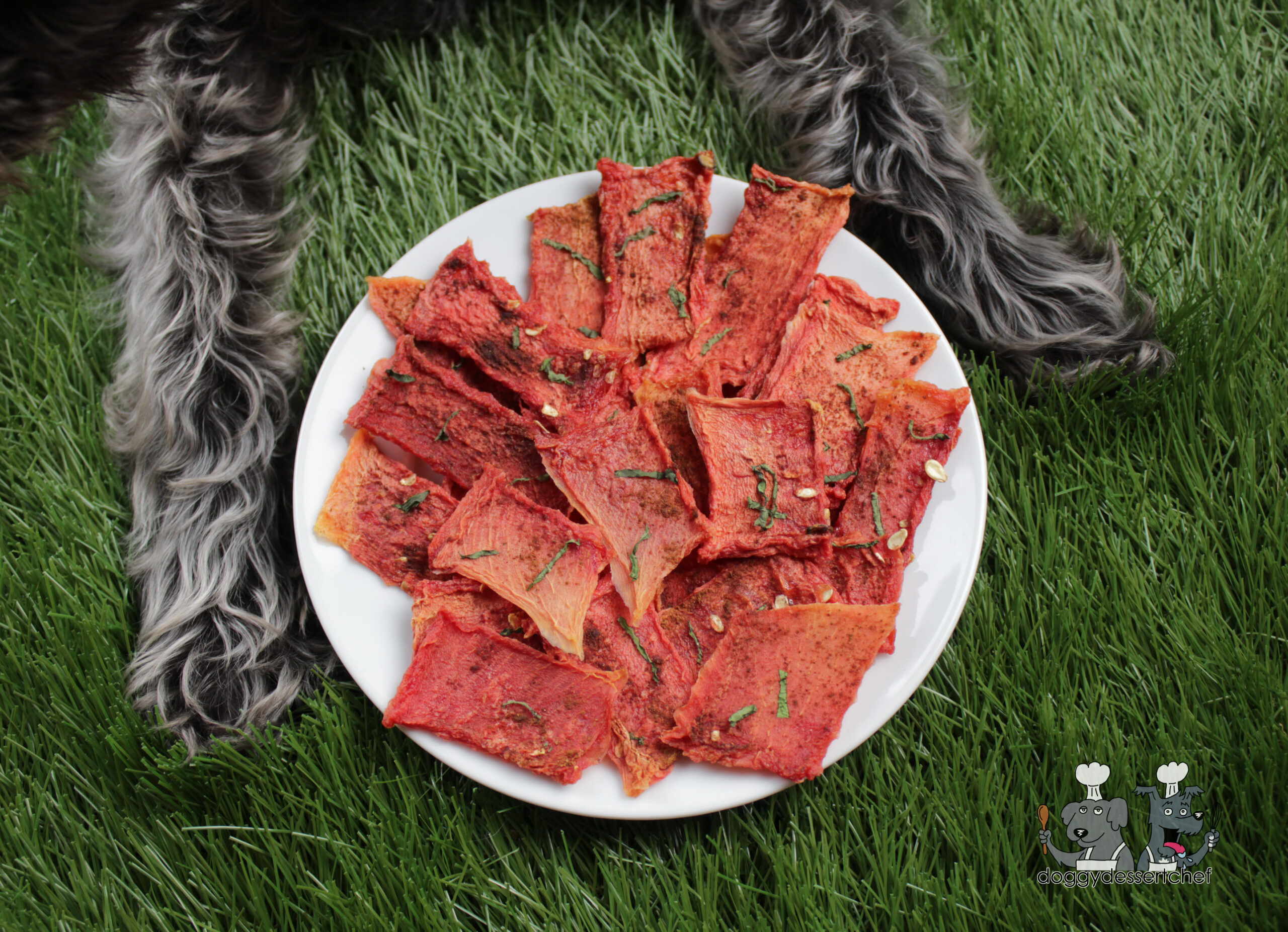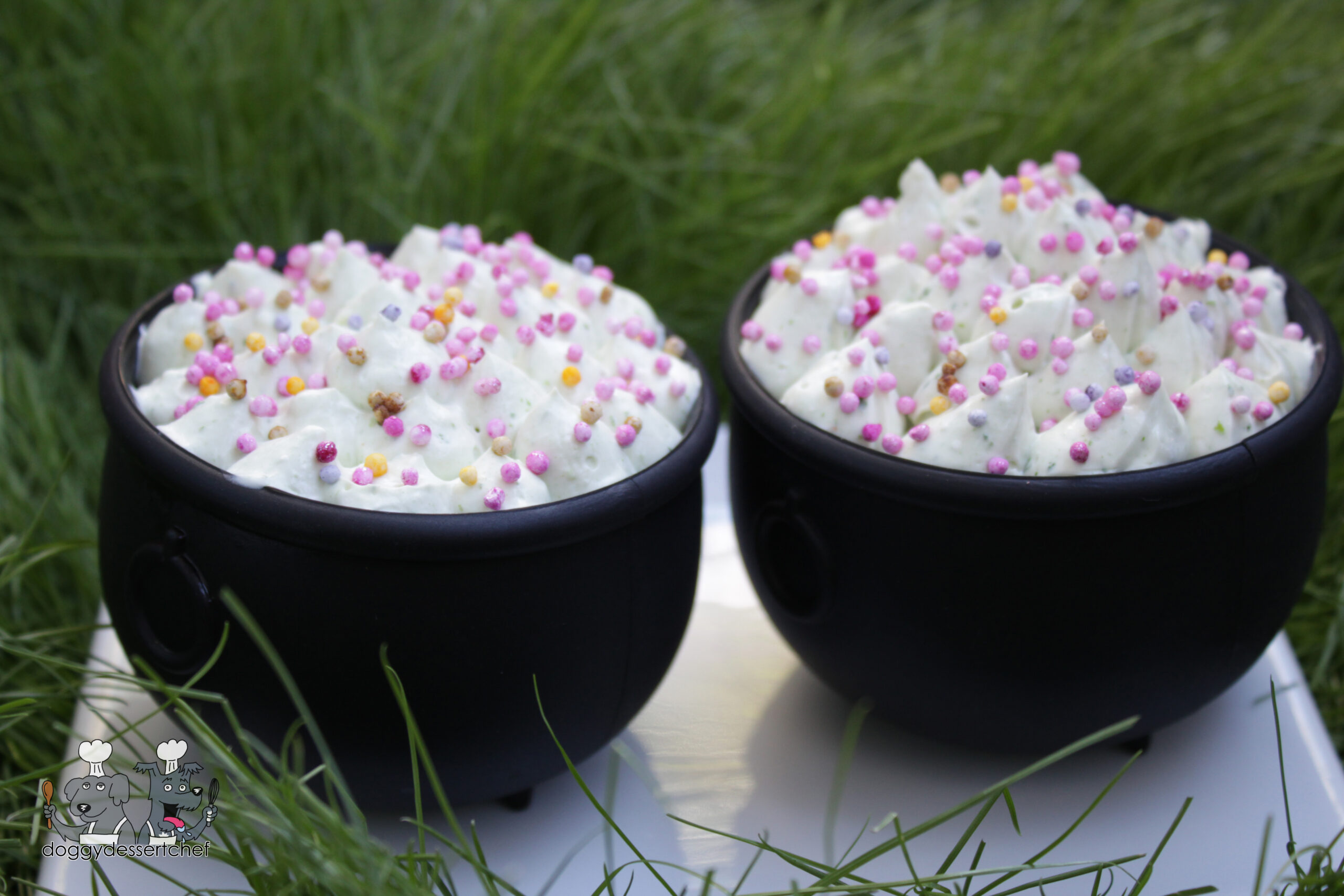Mango Sweet Potato
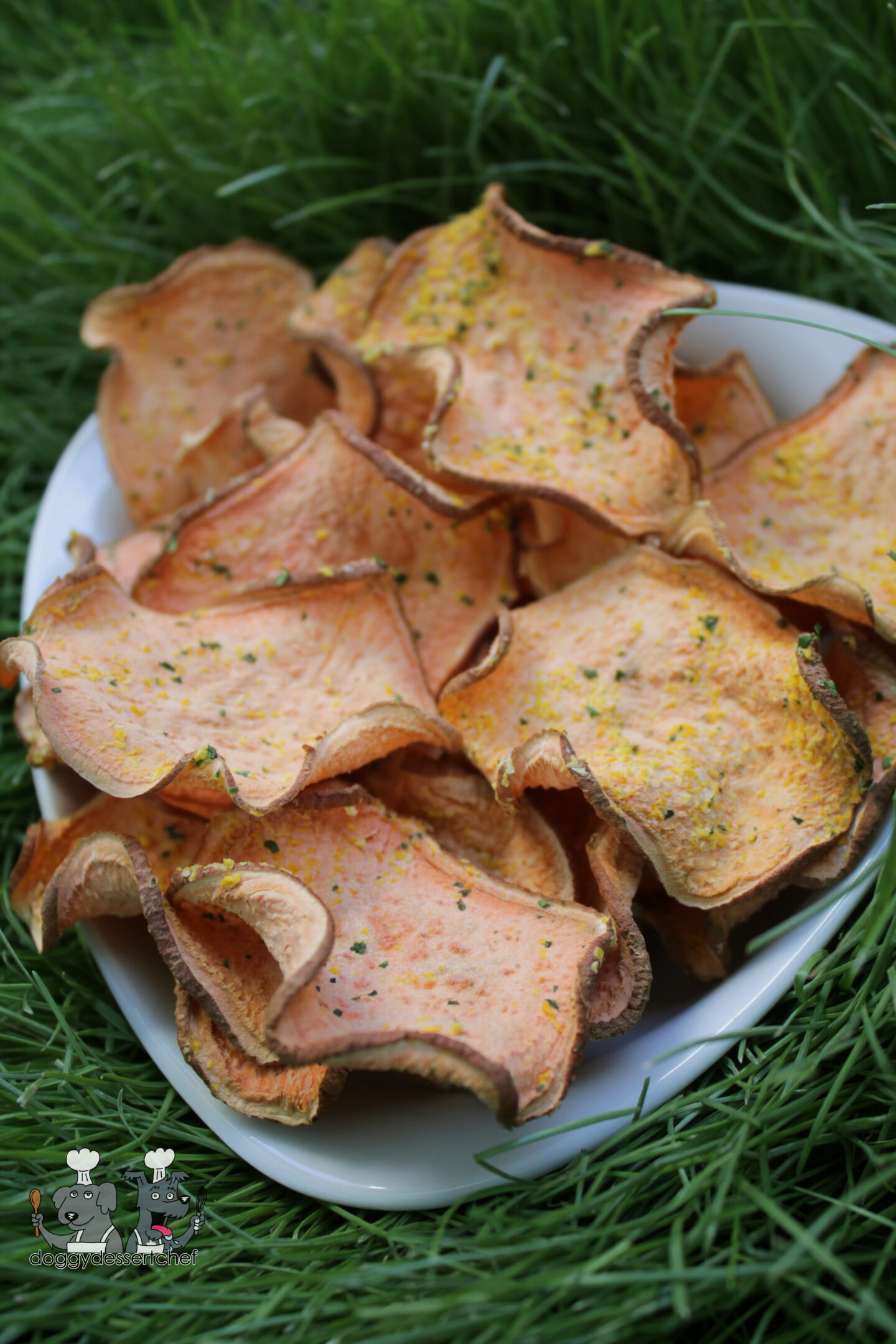
Dehydrated dog treats have become increasingly popular among pet owners, and for good reason. These treats offer a range of benefits that make them a healthier and more convenient option for your furry friend. Let’s explore some of the advantages of dehydrated dog treats.
Dehydrated treats are made by removing the moisture from the ingredients, which helps to preserve their nutritional value. Unlike traditional dog treats that are cooked at high temperatures, dehydrated treats are prepared at low temperatures, which helps to retain the natural nutrients present in the ingredients.
One of the main benefits of dehydrated treats is that they are free from artificial preservatives, additives, and fillers. Store-bought treats often contain ingredients that can be harmful to your dog’s health, such as artificial colors and flavors. By making your own dehydrated treats, you have full control over the ingredients and can ensure that your dog is getting a wholesome and natural snack.
Another advantage of dehydrated treats is their long shelf life. The removal of moisture prevents the growth of bacteria and mold, allowing the treats to be stored for extended periods without compromising their quality. This makes dehydrated treats a convenient option for busy pet owners who want to have a supply of healthy snacks on hand.
In addition to their nutritional benefits and convenience, dehydrated treats also offer dental benefits for your dog. The chewy texture of these treats can help to remove plaque and tartar buildup, promoting good oral hygiene and reducing the risk of dental issues.
With all these benefits in mind, it’s no wonder that dehydrated dog treats have gained popularity among pet owners who want to provide their dogs with a healthy and tasty snack option. Now, let’s take a closer look at the specific nutritional benefits of mango and sweet potato, the star ingredients in our mango sweet potato dehydrated dog treat recipe.

Choosing the Right Ingredients for Your Dog Treat Recipe
When it comes to making homemade dog treats, selecting the right ingredients is crucial. Not all fruits and vegetables are safe for dogs, and some can even be toxic to them. It’s important to choose ingredients that are safe, nutritious, and appealing to your furry friend.
First and foremost, always check the list of foods that are toxic to dogs before selecting your ingredients. For example, grapes, raisins, onions, garlic, and chocolate are all harmful to dogs and should never be included in your dog treat recipe.
Now let’s focus on the star ingredients of our mango sweet potato dehydrated dog treat recipe: mangoes and sweet potatoes. When choosing mangoes, look for ripe fruits that are not overly soft or bruised. The mango should have a pleasant aroma and yield slightly to gentle pressure when ripe. Avoid using mangoes with mold or signs of spoilage.
As for sweet potatoes, opt for ones that are firm and have smooth skin. Avoid sweet potatoes that are wrinkled, soft, or have sprouts, as these are signs of spoilage. It’s also important to note that some dogs may have difficulty digesting raw sweet potatoes, so it’s recommended to cook or dehydrate them before using them in your dog treat recipe.
In addition to mangoes and sweet potatoes, you can also incorporate other dog-friendly fruits and vegetables into your dehydrated treat recipe. Some safe options include apples, bananas, blueberries, carrots, and pumpkin. These fruits and vegetables provide additional flavors and nutritional benefits to your dog’s treats.
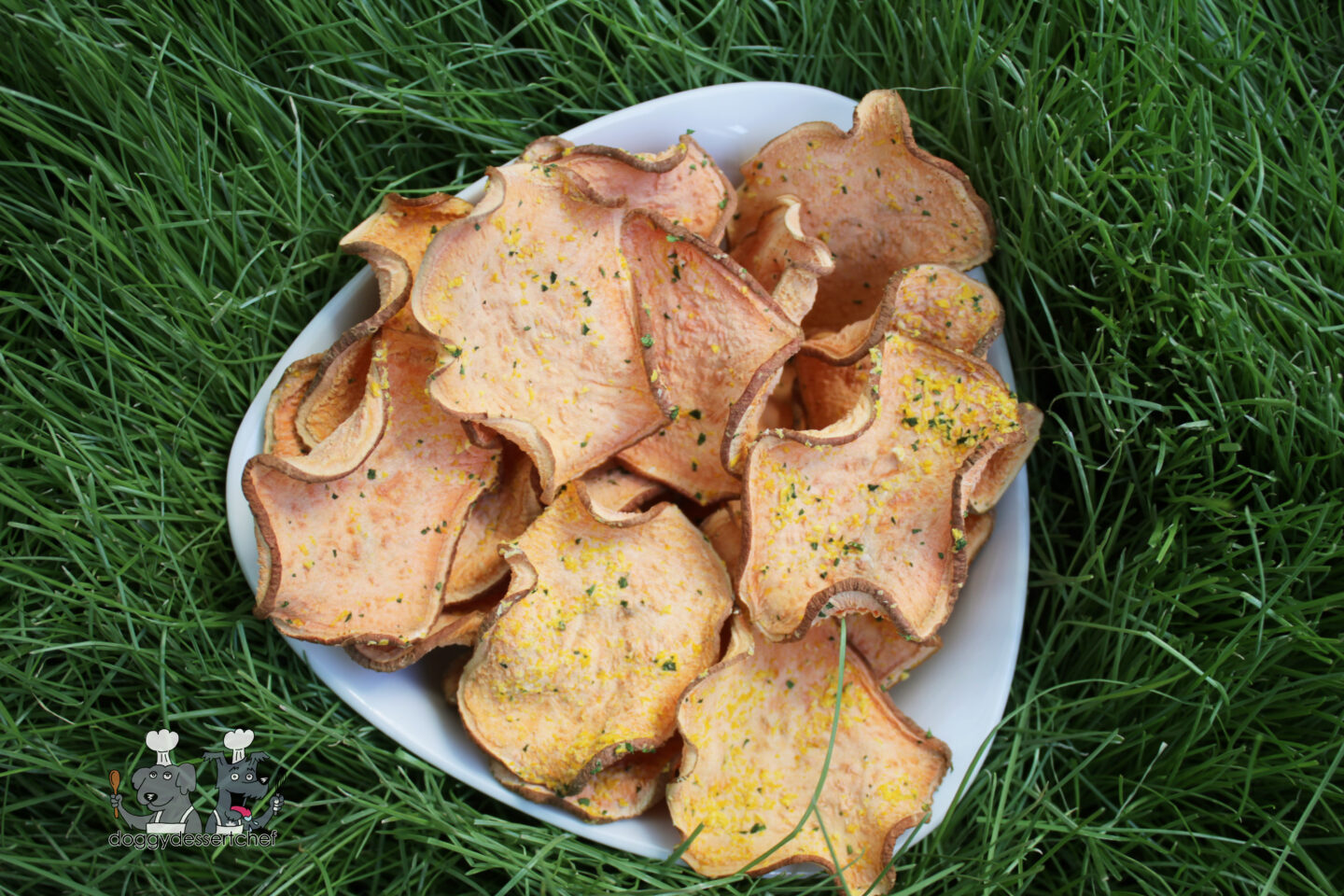
Tips for Storing and Serving Homemade Dog Treats
Proper storage is essential to maintain the freshness and quality of your homemade dog treats. Here are some tips to help you store and serve your mango sweet potato dehydrated dog treats.
Tip 1: Use airtight containers
To prevent moisture and air from affecting the treats, store them in airtight containers. Mason jars, Tupperware, or ziplock bags are all suitable options. Make sure to remove as much air as possible before sealing the container.
Tip 2: Store in a cool, dry place
Keep the treats in a cool, dry place away from direct sunlight. Exposure to heat and humidity can cause the treats to spoil or become moldy. A pantry or kitchen cabinet is an ideal storage location.
Tip 3: Label and date the treats
To ensure you use the treats before they expire, label the container with the date they were made. This will help you keep track of their freshness and rotate them accordingly.
Tip 4: Freeze for long-term storage
If you want to extend the shelf life of the treats, you can freeze them. Place the treats in a freezer-safe container or bag and store them in the freezer. Frozen treats can last for up to 6 months.
Tip 5: Serve in moderation
While homemade treats are a healthier alternative to store-bought ones, it’s important to remember that they should still be given in moderation. Treats should make up no more than 10% of your dog’s daily caloric intake to maintain a balanced diet.
By following these storage and serving tips, you can ensure that your mango sweet potato dehydrated dog treats remain fresh and delicious for your furry friend. Now, let’s move on to the next section and explore other variations of dehydrated dog treats using different fruits and vegetables.
Mango Sweet Potato Dog Treat Recipe
Ingredients
- 1 to 2 sweet potatoes
- 1 mango
- 1 tablespoon honey
- 5 cilantro leaves
- 2 cups water
Instructions
- Thinly slice the sweet potatoes, then rinse them in cold water and set aside.
- Cut mango and blend with cilantro, honey and water until smooth.
- Place sweet potato into the marinade, add additional water if needed, until completely covered, and allow to marinate for at least an hour in the refrigerator.
- Preheat oven to 180 degrees fahrenheit.
- Place on a cookie sheet 1/2 inches apart.
- Dry in an oven, with the door slightly open to let out moisture, for about 3 to 4 hours, until meat is dry appearance and texture
Notes
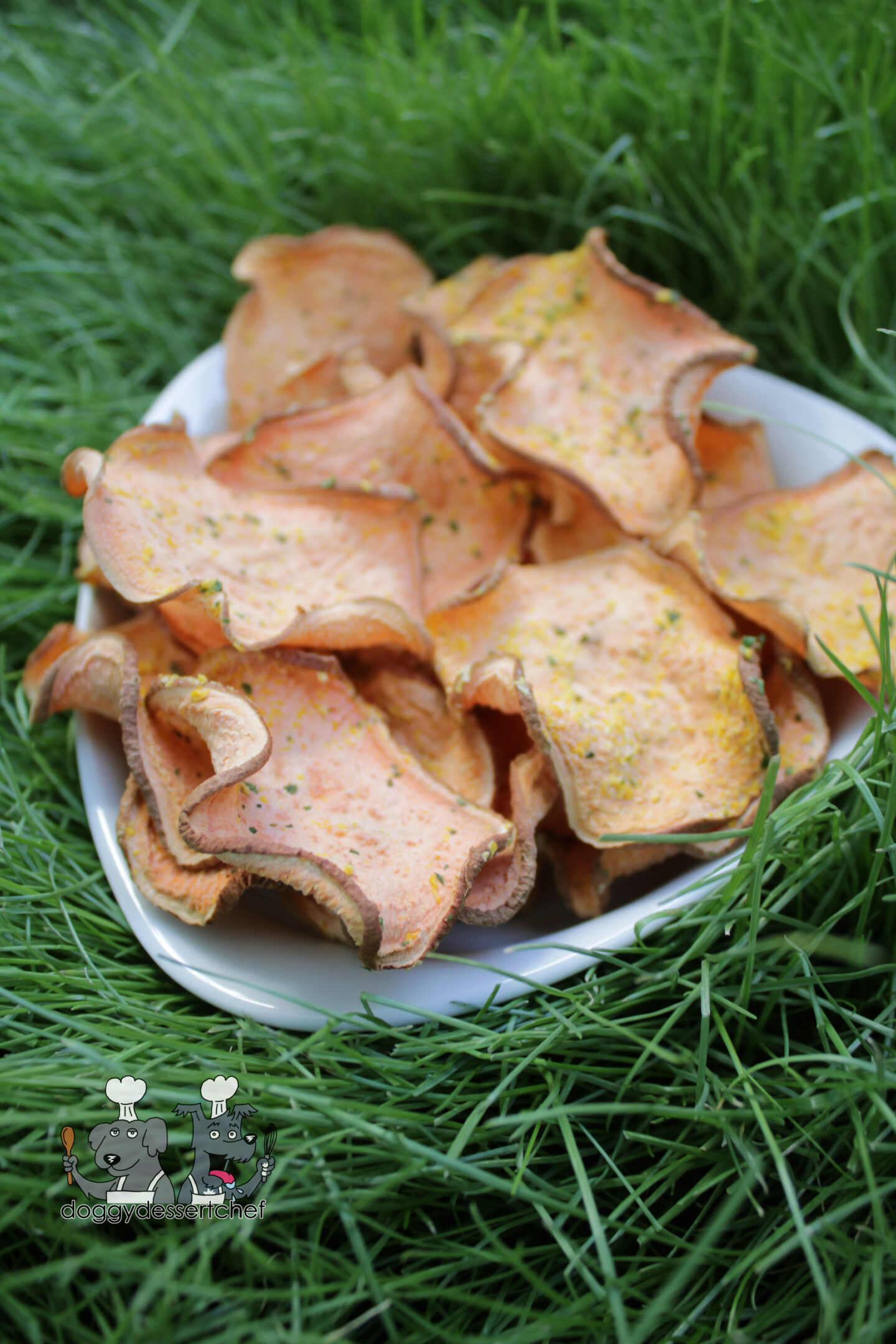
Homemade Dog Treat Safety Guidelines
While homemade dog treats can be a healthy and delicious option for your furry friend, it’s important to follow certain safety guidelines to ensure their well-being. Here are some safety guidelines to keep in mind when making homemade dog treats.
1. Avoid toxic ingredients
As mentioned earlier, some foods are toxic to dogs and should never be included in your homemade treats. Make sure to check the list of foods that are harmful to dogs and avoid using them in your recipes.
2. Introduce new treats gradually
When introducing a new treat to your dog, start with small quantities to see how they react. Some dogs may have sensitivities or allergies to certain ingredients. Monitor your dog for any adverse reactions, such as gastrointestinal upset or skin irritation.
3. Consult your veterinarian
If you have any concerns or questions about homemade dog treats, it’s always a good idea to consult your veterinarian. They can provide guidance and advice based on your dog’s specific needs and dietary requirements.
4. Adjust portion sizes
When giving your dog treats, consider their size, weight, and overall calorie intake. Treats should be given in moderation and should not exceed 10% of your dog’s daily caloric intake.
By following these safety guidelines, you can ensure that the homemade treats you make for your dog are both nutritious and safe. Now, let’s move on to the next section and discuss the benefits of making your own dog treats versus buying store-bought treats.
Benefits of Making Your Own Dog Treats vs. Buying Store-Bought Treats
While store-bought dog treats may be convenient, making your own treats offers several advantages that can benefit your dog’s health and well-being. Let’s explore some of the benefits of making your own dog treats.
1. Control over ingredients
When you make your own dog treats, you have complete control over the ingredients that go into them. You can choose high-quality, natural, and nutritious ingredients that are safe for your dog. This allows you to avoid artificial preservatives, additives, and fillers that are often found in store-bought treats.
2. Tailored to your dog’s needs
Every dog is unique, with different dietary requirements and preferences. By making your own treats, you can customize the recipe to suit your dog’s specific needs. For example, if your dog has allergies or sensitivities to certain ingredients, you can easily exclude them from the recipe.
3. Freshness and quality
Homemade treats are made with fresh ingredients, ensuring their nutritional value and quality. Store-bought treats often contain preservatives to prolong their shelf life, which can compromise their freshness and overall nutritional content.
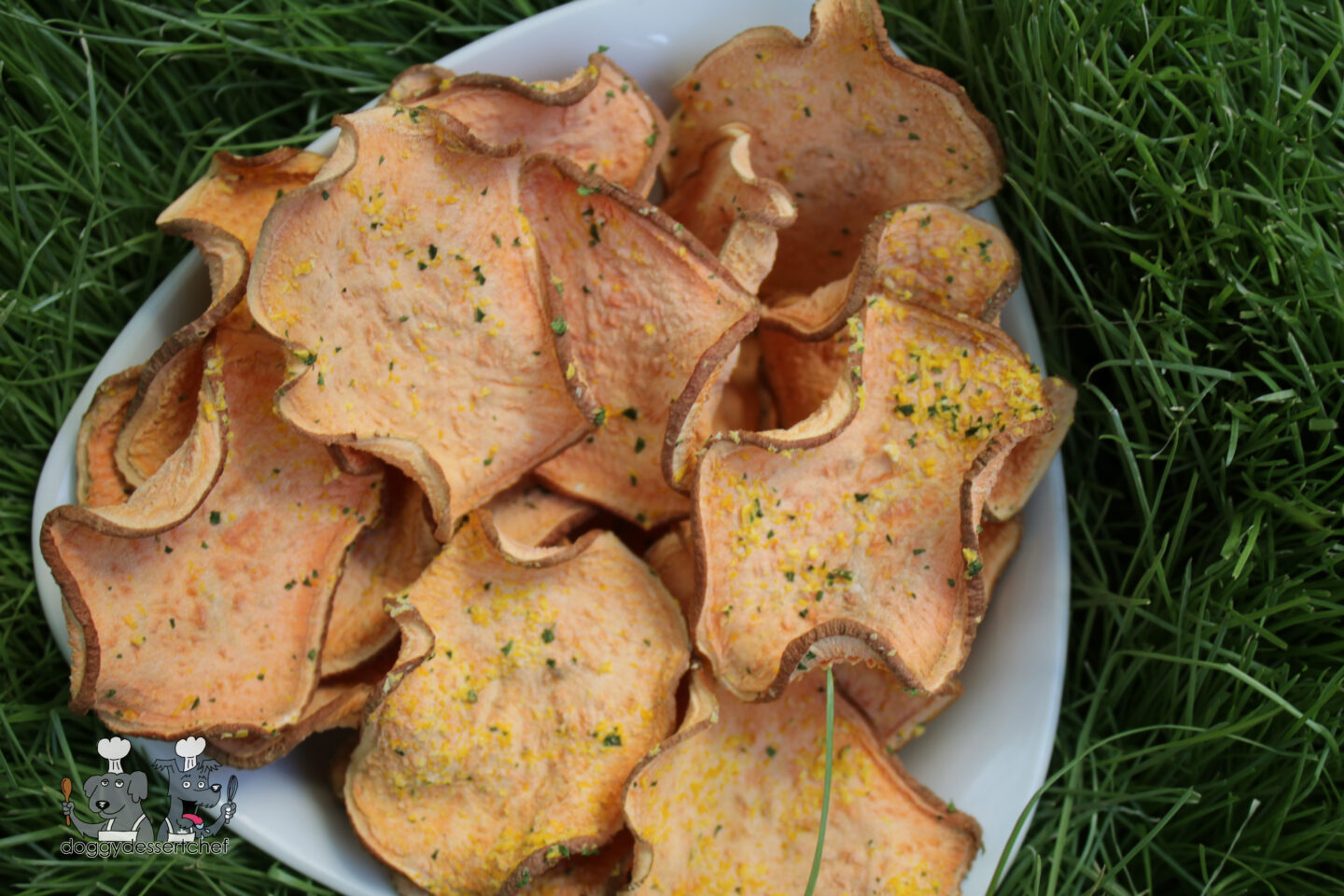
4. Cost-effective
Making your own dog treats can be more cost-effective in the long run, especially if you have multiple dogs or frequently give treats to your furry friend. Buying store-bought treats can add up over time, while making your own allows you to save money without compromising on quality.
5. Bonding and fun
Making treats for your dog can be a fun and rewarding experience. It allows you to spend quality time with your furry friend and strengthen the bond between you. You can even get creative and involve your dog in the process, making it an enjoyable activity for both of you.
Gather your ingredients, put on your chef’s hat, and get ready to become your dog’s favorite chef. Your pup will thank you with wagging tails and unconditional love for the delectable homemade chicken and waffles dog treats you create.
Spoil your furry friend with a treat that will make them feel extra special. Try our chicken and waffles dog treat recipe today and witness the joy it brings to their eyes and taste buds. Happy baking!


